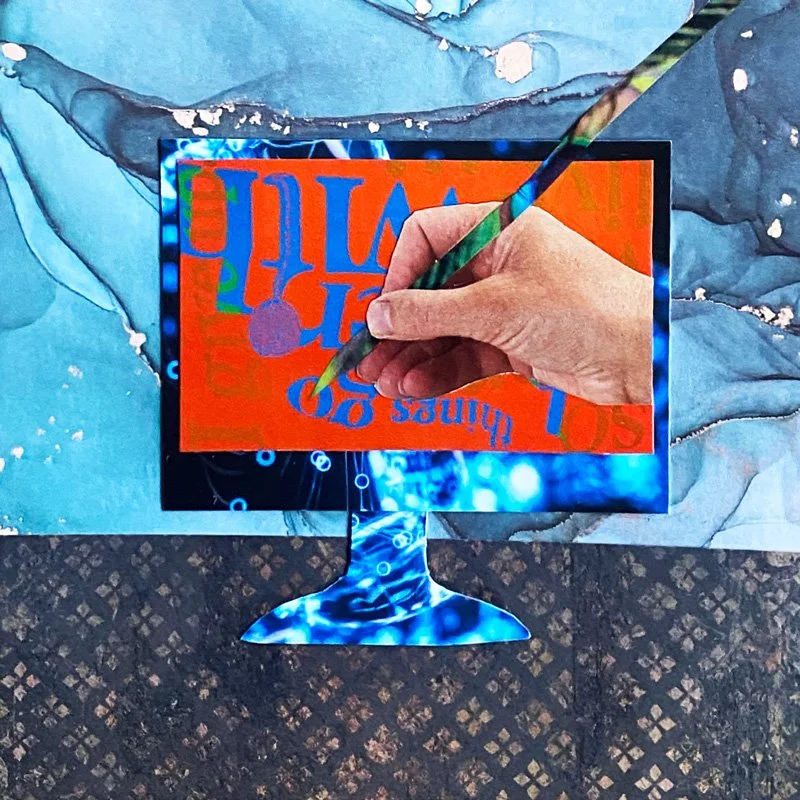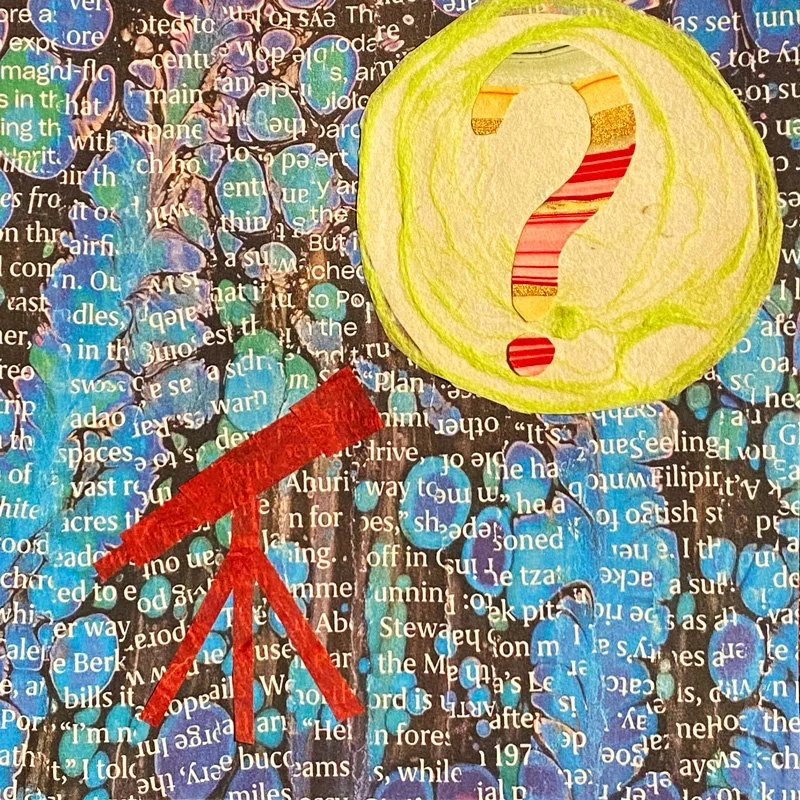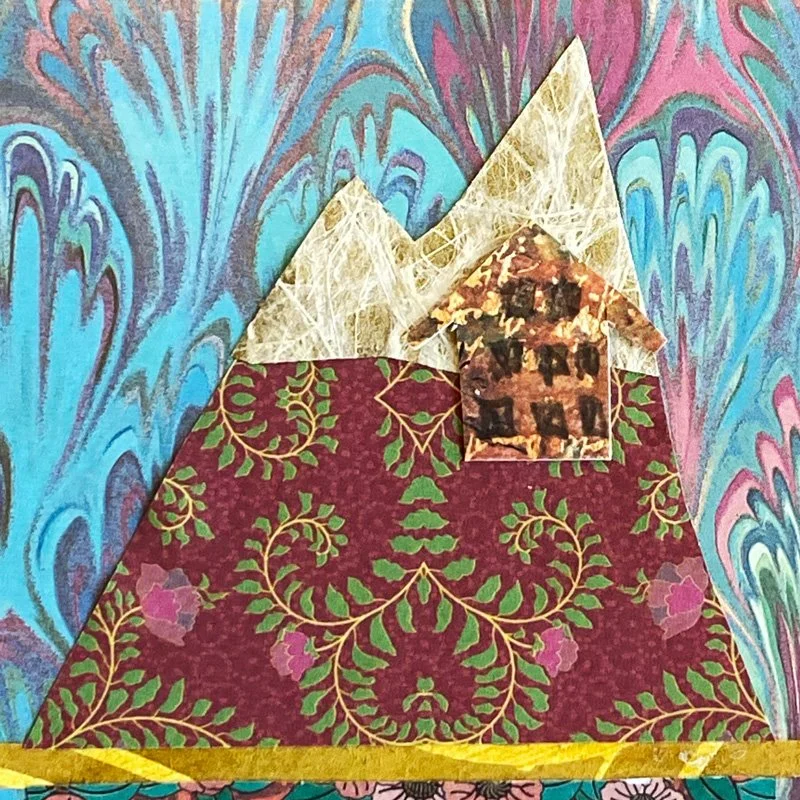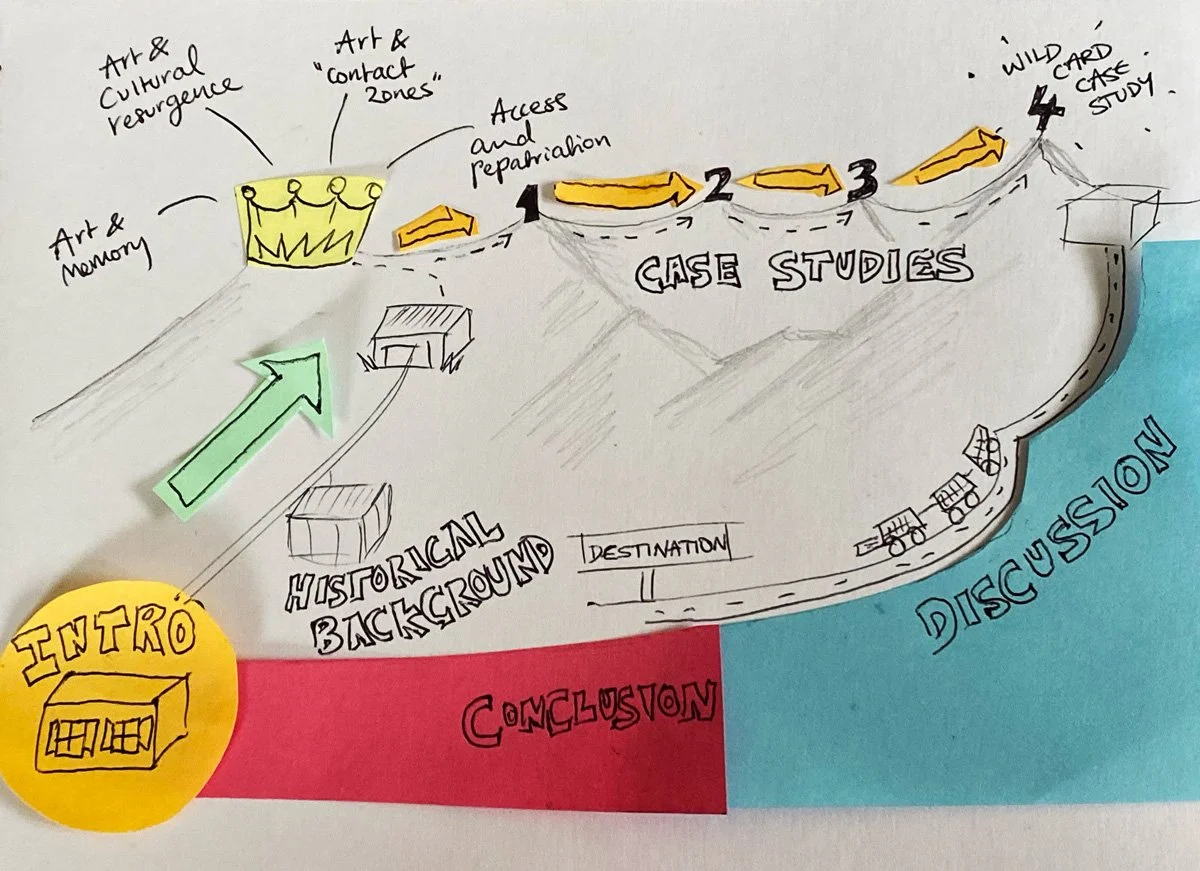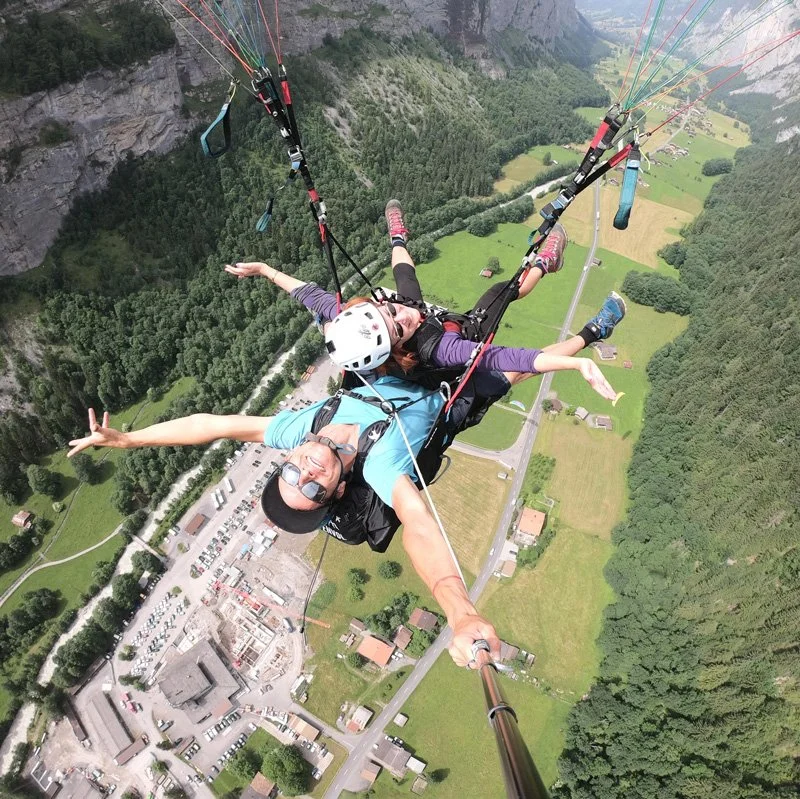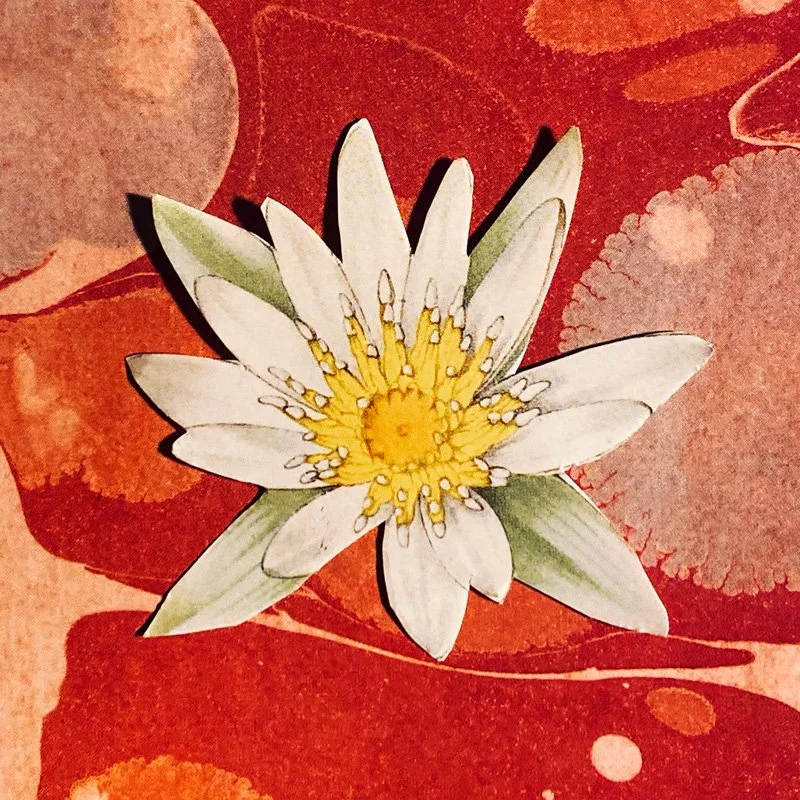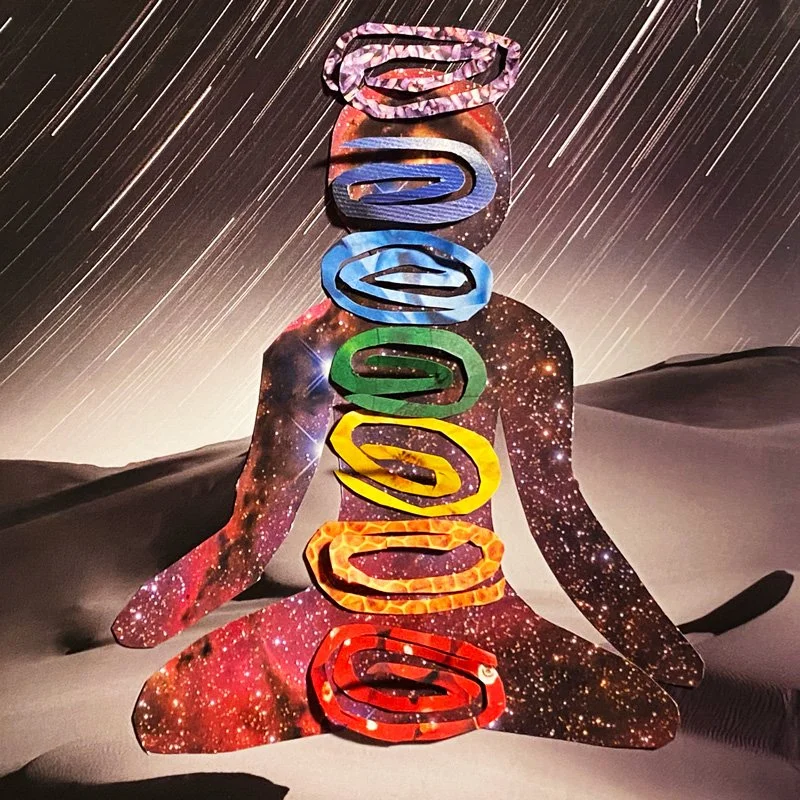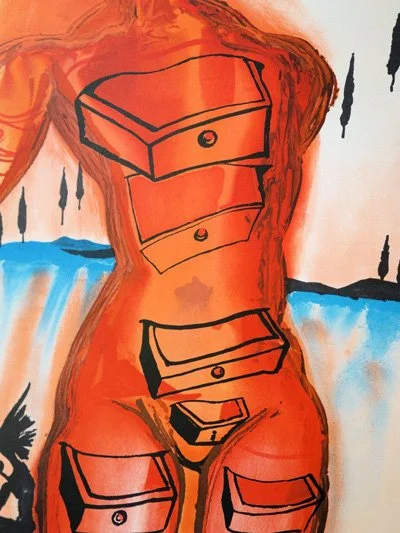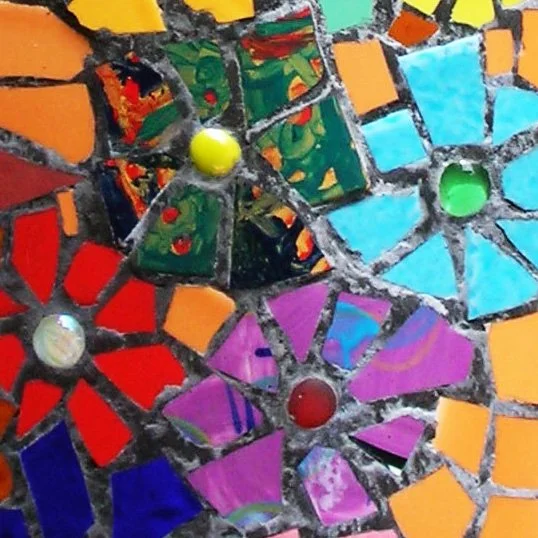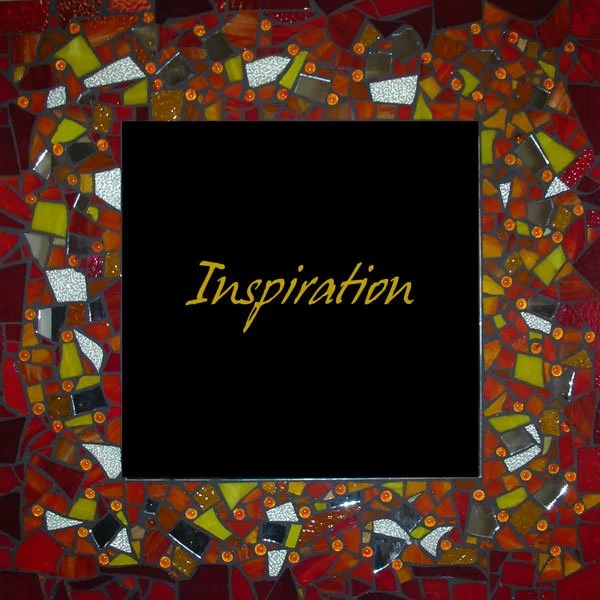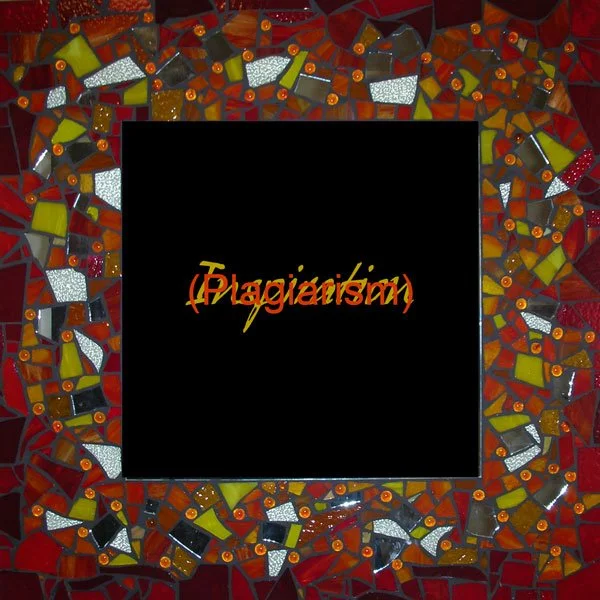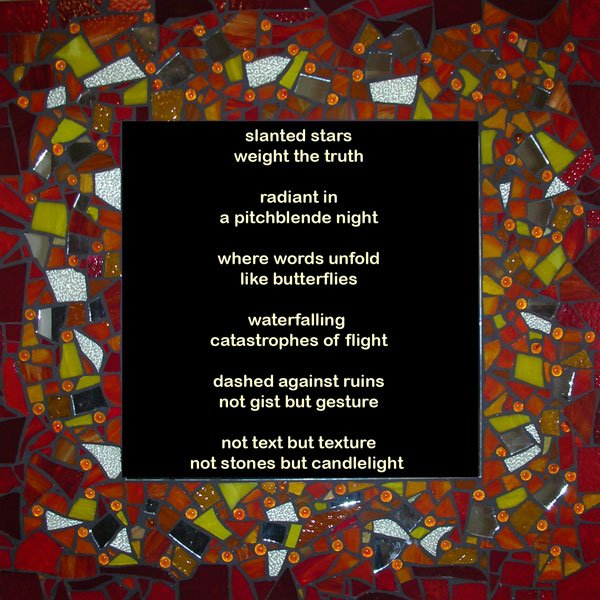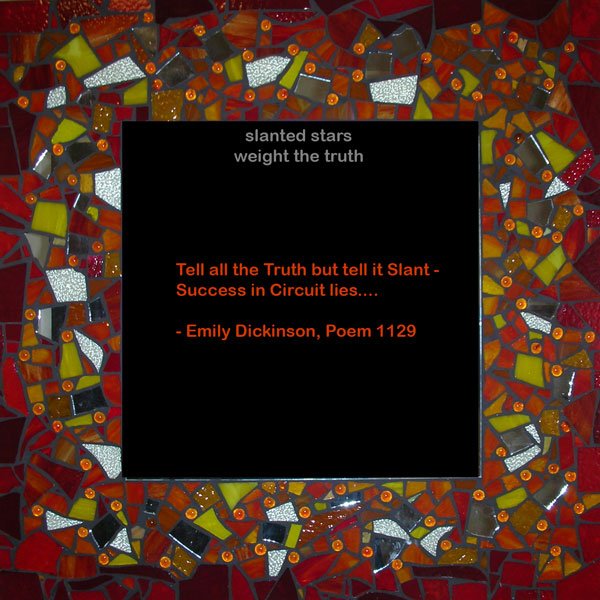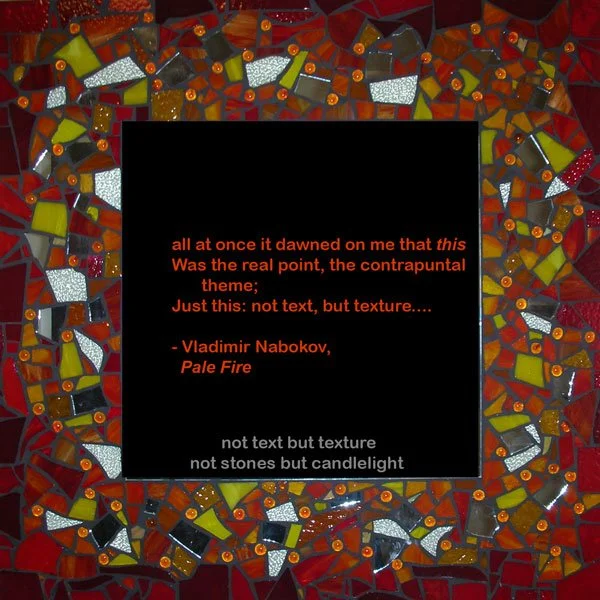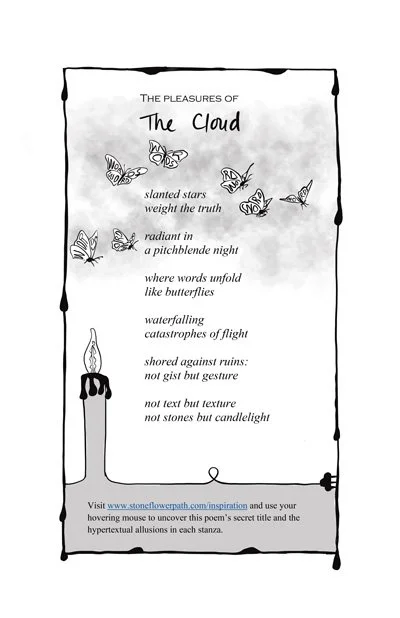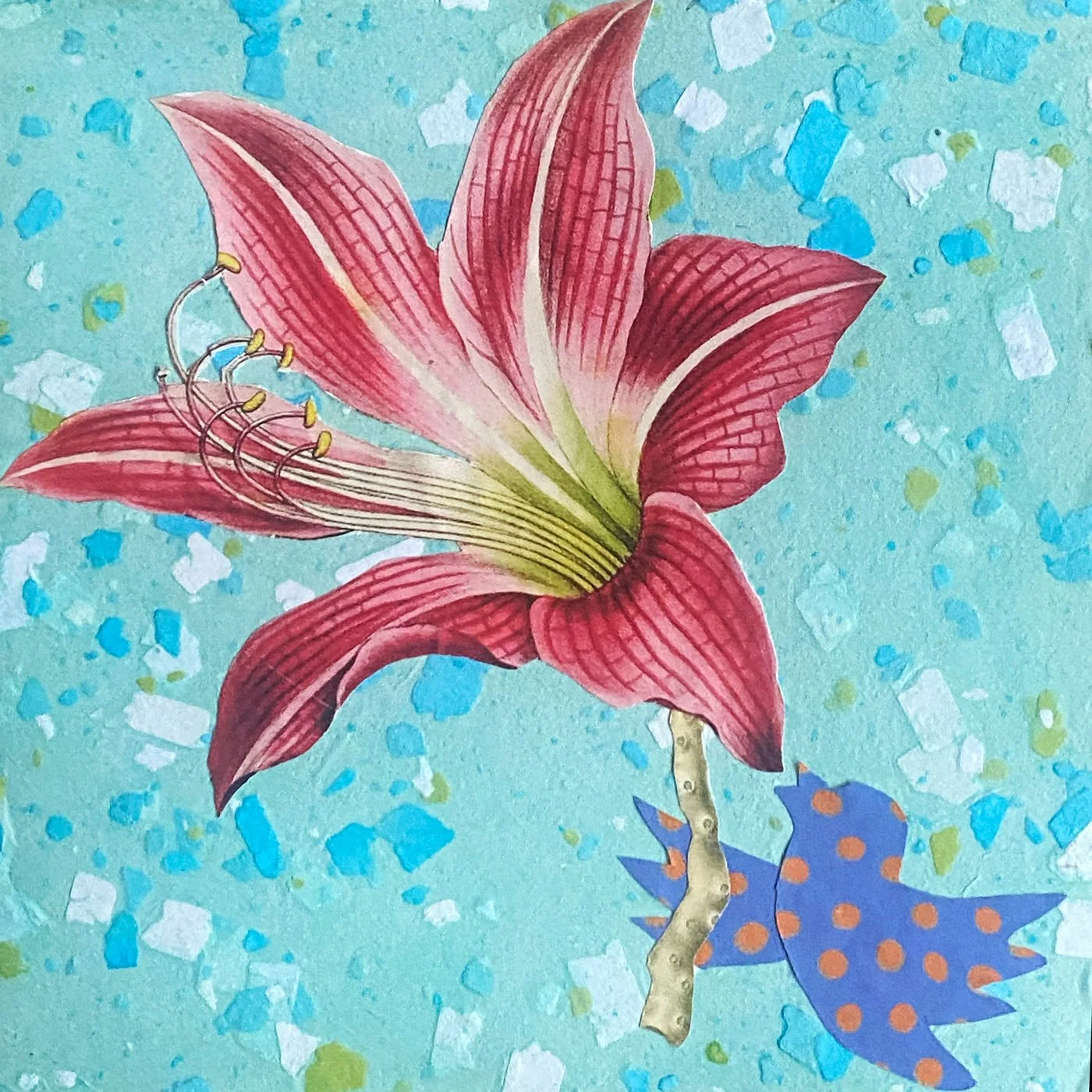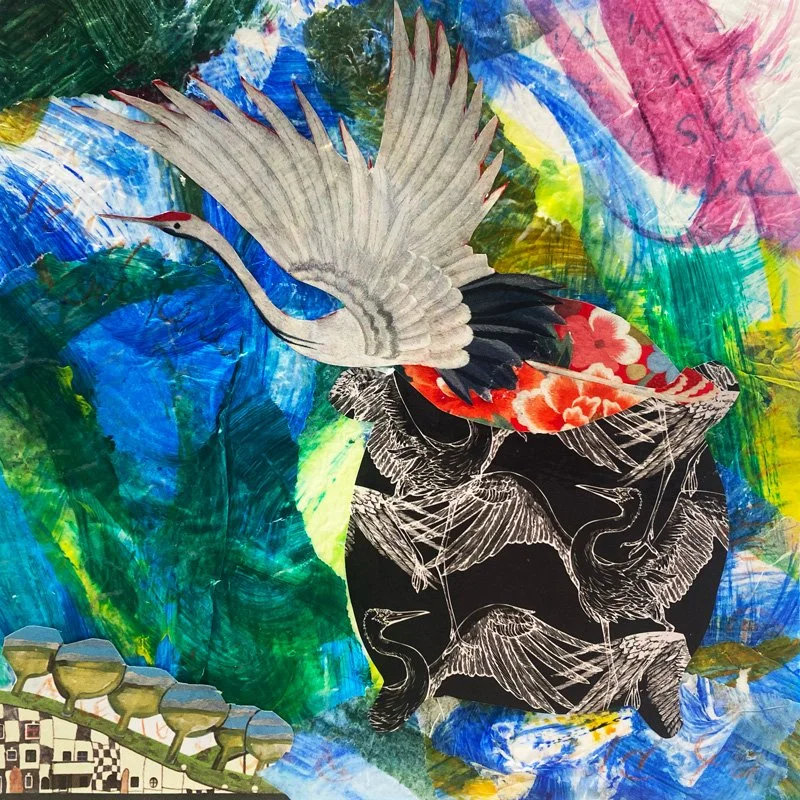Last week I announced that, starting today, my end-of-the-week newsletter would go behind a “paid subscribers and WriteSPACE members only” paywall.
This week, when I sat down to write my very first paid post, I hit a different kind of wall: Writer’s Block! Faced with the pressure of producing something good enough for people to want to pay for, my brain froze up like an oversized ice cube.
I cursed and kicked at my Writing Block for a while. Then I closed my notebook, stomped out to the kitchen, and wailed in frustration to my husband, “I’m having an existential crisis!” He listened patiently as I described my dilemma. My rant went something like this:
I feel under pressure to write something amazing for my first paid post: the kind of brilliant missive that will generate lots of likes and comments and forwards and inspire my free subscribers to upgrade. But last week’s newsletter took me hours to write, yet didn’t accomplish any of those things, not even a single comment! Now, in the unlikely event that I actually I do manage to produce something decent, my free subscribers won’t even know about it because I’ve gone and locked it behind a paywall. And if I produce nothing but rubbish, my paid subscribers will all unsubscribe.
“So why did you decide to go paid in the first place?” my husband calmly asked.
I cast my mind back and told him about my original vision for a twice-weekly newsletter called Helen’s Word. Early each week, I would publish a free post with news about innovative writing resources and upcoming events. Later in the week, Helen’s Word would move into a paywalled garden — a safe space where I can experiment with words and wordcraft amongst fellow writers who, like me, aspire to bring more creativity, color, and joy into their writing lives. I pictured a muddy, messy place for growing things, not a museum filled with perfect glass flowers.
As soon as I articulated the why of my writing — its deeper purpose, its ultimate goal — my Writing Block broke like a raincloud and released a rainfall of words. Freed from the burden of perfection, I once again found my flow…
Writing Unblock #1: Start with Why
Finding the why in Helen’s Word helped me move past my Writing Block into my writing garden (just as Finding the WHY in AI last week helped me figure out how and when to use AI writing tools — or not). So here’s a why-not to try: When your writing gets blocked, write a big question mark in the middle of a sheet of paper, then fill the page with questions and answers. Start with why: the burning heart of your writing, its motivation and purpose. From there you can branch out to other questions: what, where, when, who, how? The deeper you dig into your responses, the more likely you’ll be to find the root cause of your writing block — and root it out!
Writing Unblock #2: Freewrite
Freewriting is an unblocking technique championed by writing scholar Peter Elbow in his book Writing with Power:
To do a freewriting exercise, simply force yourself to write without stopping for ten minutes. Sometimes you will produce good writing, but that’s not the goal. Sometimes you will produce garbage, but that’s not the goal either. . . . If you can’t think of anything to write, write about how that feels or repeat over and over “I have nothing to write” or “Nonsense” or “No.” If you get stuck in the middle of a sentence or thought, just repeat the last word or phrase till something comes along. The only point is to keep writing.
Write about what? It doesn’t really matter. You can write about the topic that’s blocking you, or about writer’s block itself, or about anything else that comes to mind: gardens, dragons, poststructuralist theory. By the time the bell rings, at worst you’ll have broken your word-drought; and at best you may find that you’ve tapped into a whole new wellspring of ideas.
Writing Unblock #3: Talk it through
Talking freely, like writing freely, can dislodge stuck ideas. When I discussed my newsletter dilemma with my husband, the mere act of expressing my anxieties and voicing my aspirations — my why — helped me push through my Writing Block. If you don’t have a sympathetic friend or patient family member close to hand, you can talk to your dog or your cat or your favorite tree, or speak into the voice recorder on your phone so you can play your own words back later on. The point here is not to communicate with a sentient being (although that can be an excellent unblocking strategies too) but simply to activate your brain through the act of talking out loud.
Writing Unblock #4: Write in blocks
Warm thanks to Sophie Nicholls from Dear Writing for this creative unblocking technique. Grab some colorful sticky tape — duct tape, masking tape, washi tape — and mark out a large, asymmetrical grid on a piece of paper; then fill the white spaces between the taped lines with words. There’s something discombobulating but liberating about this exercise: each Writing Block on your formerly blank page now offers you a playful invitation to write.
Writing Unblock #5: Write in spirals
Another Unblock inspired by Sophie Nicholls: Start writing by hand in the centre of a blank page and let your words unwind in a spiral. Rotate your notebook slowly as you write, imagining a wheel being turned, a corkscrew opening a bottle, a galaxy spinning stars into space. Write about what’s opening up in you right now: what new ideas are unfurling like a fern frond as you turn and turn the page, and how might you bring some of that fresh, generative energy to your blocked writing?
Writing Unblock #6: Take your Writing Block around the block
Walk anywhere, at any pace. As you move your body through space, imagine yourself making your way over or through or around your Writing Block. What are its dimensions: how wide, how tall? Can you walk around it like a city block, enter its stairwell like an office block, pick it up like a child’s building block? Fly it like a kite? Fill it with soil and plant it with flowers? When you return to your writing space, check your pockets; if you’re still carrying your block, open a window and toss it out. (Make sure it doesn’t land on anyone’s head!) Then sit down with your notebook or computer to discover what words will appear next, now that you’ve outwalked your block.
Writing Unblock #7: Find a generative metaphor
Freewrite, draw, or mind map about a hobby you enjoy: for example, hiking, cooking, or gardening. How do you deal with obstacles and setbacks along the way, and how might those coping strategies help you move past your Writing Block? In Writing with Pleasure, I describe the power of metaphor to help us take control of our own writing narrative:
A well-turned metaphor can . . . amplify our pleasure in writing, casting light into the darkest corners of our Writespace and helping us negotiate its challenges. By rendering abstract emotions concrete, metaphors give shape and substance to our fears, hopes, and desires. At their most generative, they become the emotional touchstones that we return to again and again, the guides and mentors that lead us onward and inward to new discoveries and deeper truths about our writing.
Journeys inevitably involve breakdowns and detours; cooking involves spilled milk and collapsed soufflés; gardening involves compost, pests, and weeds; yet we cope with all those things, as we know that they’re simply part of the process. A compelling metaphor for writing that speaks to your own lived experience can help you transform your Writing Block from an impassable obstacle into a mere bump in the road.
Writing Unblock #8: Make something
I love assembling cut paper collages for my newsletter posts because the mere act of making something with my hands frees up my mind to wander in new directions. Searching for images and patterns, cutting out shapes, moving objects around, playing with color combinations, squeezing glue from the bottle and brushing it onto the paper: every step of the process feels meditative, textured, creative. When a Writing Block is filling up all the space in your brain, try letting your hands do the thinking and see what happens next.
Writing Unblock #9: Ask ChattieG for help
Last week I wrote about using generative AI tools such as ChatGPT to help you with routine writing tasks. Note the word generative here: these tools are great at trawling the Internet to assemble a compendium of ideas that other people have already come up and then using them to generate new ones. Ask for “10 ways to overcome writer’s block,” and you’ll get a fairly bland list of suggestions: talk to other writers; develop a writing routine; eliminate distractions. (Also, rather surprisingly, “Try writing drunk”). But change your prompt to “10 creative ways to overcome writer’s block” or even “10 crazy ways to overcome writer’s block,” and the suggestions get much more playful. Write with your non-dominant hand? Write while doing yoga? Write while wearing a costume? If your Writing Block is big and stubborn enough, anything is worth a try.
Writing Unblock #10: Crowdsource
In my upcoming 6-week Creativity Catalyst course, which starts in early September, we’ll be exploring these and other arts-based techniques for bringing creative, generative thinking to your academic, professional and personal writing. I’d love to see you there!
But in the meantime, it’s over to you. How do you move forward when your words get stuck? Please share your favorite Writing Unblocks in the Comments.
This post was originally published on my free Substack newsletter, Helen’s Word. Subscribe here to access my full Substack archive and get weekly writing-related news and inspiration delivered straight to your inbox.
WriteSPACE members enjoy a complimentary subscription to Helen’s Word as part of their membership, which costs just USD $12.50 per month on the annual plan. Not a member? Sign up now for a free 30-day trial!
















